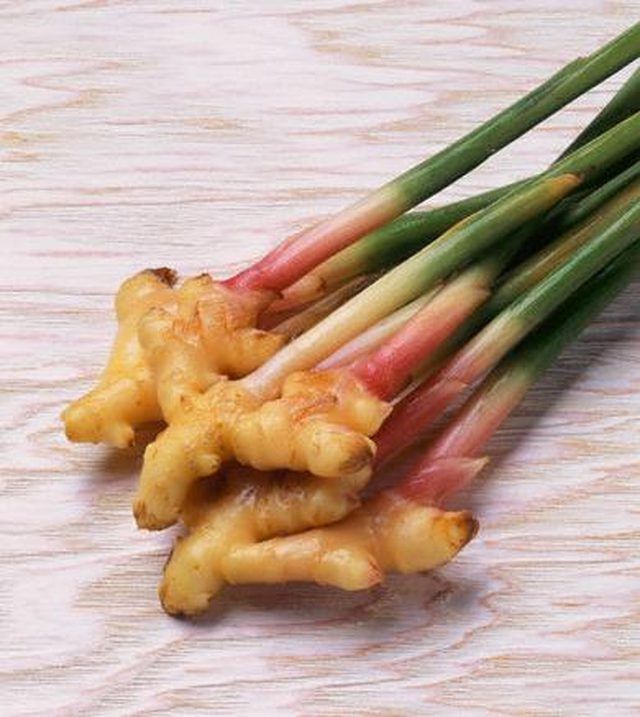Bulbs
Flower Basics
Flower Beds & Specialty Gardens
Flower Garden
Garden Furniture
Garden Gnomes
Garden Seeds
Garden Sheds
Garden Statues
Garden Tools & Supplies
Gardening Basics
Green & Organic
Groundcovers & Vines
Growing Annuals
Growing Basil
Growing Beans
Growing Berries
Growing Blueberries
Growing Cactus
Growing Corn
Growing Cotton
Growing Edibles
Growing Flowers
Growing Garlic
Growing Grapes
Growing Grass
Growing Herbs
Growing Jasmine
Growing Mint
Growing Mushrooms
Orchids
Growing Peanuts
Growing Perennials
Growing Plants
Growing Rosemary
Growing Roses
Growing Strawberries
Growing Sunflowers
Growing Thyme
Growing Tomatoes
Growing Tulips
Growing Vegetables
Herb Basics
Herb Garden
Indoor Growing
Landscaping Basics
Landscaping Patios
Landscaping Plants
Landscaping Shrubs
Landscaping Trees
Landscaping Walks & Pathways
Lawn Basics
Lawn Maintenance
Lawn Mowers
Lawn Ornaments
Lawn Planting
Lawn Tools
Outdoor Growing
Overall Landscape Planning
Pests, Weeds & Problems
Plant Basics
Rock Garden
Rose Garden
Shrubs
Soil
Specialty Gardens
Trees
Vegetable Garden
Yard Maintenance
How to Divide Rhizomes
How to Divide Rhizomes. Rhizomes grow in thick, fleshy root systems that grow horizontally just beneath the surface of the soil. Tubers are thick sections of stems or roots. When new rhizomes and tubers are produced, the rhizomes' plants grow outward, and smaller roots grow to anchor them into the ground. Propagating them by division is an...

Rhizomes grow in thick, fleshy root systems that grow horizontally just beneath the surface of the soil. Tubers are thick sections of stems or roots. When new rhizomes and tubers are produced, the rhizomes' plants grow outward, and smaller roots grow to anchor them into the ground. Propagating them by division is an economical way to increase your garden production, giving you even more beautiful beds of lilies.
Things You'll Need
Shovel
Knife
Plan for the division. Decide where you will plant the divided rhizomes. The time to divide plants is usually in spring or fall. The best time for dividing rhizomes depends on the type of rhizomes being divided. Ornamental grasses like spring divisions, and irises and peonies prefer the fall.
Determine the size of the root ball. The success of any transplanting after dividing a rhizome depends on its root system. Most rhizome divisions are not successful because they failed to leave sufficient roots to support the plant's foliage. To determine the size of a rhizome rootball, place the tip of your shovel at the base of the plant and make a mark in the soil at the end of the shovel's head. Then gently pry the plant out of the ground by pushing the head of your shovel straight into the ground and pulling the handle back toward yourself.
Quarter the plant clumps. After you remove the rootball, split the crown in half, and repeat the process until you get the number of pieces you need. Replant your divisions at the same depth as the original plant, making sure the crown is slightly above the soil level. The rootball division size is based on personal taste and the size of your garden space. Although a good rule of thumb is the optimal size of a division is about one quarter the size of the original rootball. The divisions will be large enough to produce but small enough not to need dividing again for a while.
Slice rhizomes and tubers. Plants that grow from rhizomes and tubers are also good candidates for propagation by cutting. After removing the root from the ground, cut the rhizomes into 2- to 4-inch pieces, making sure each contains buds and roots.
Replant only the healthy-looking rhizomes and tubers and discard those that are old or diseased. Rhizomes should be planted no deeper than half their width. A 1-inch-wide rhizome should be buried about 1/2-inch deep. Tubers need to be planted in the soil with the dormant bud just barely peeking out of the ground. Space rhizome and tuber divisions 10 to 12 inches apart to give them room to expand.